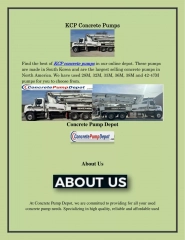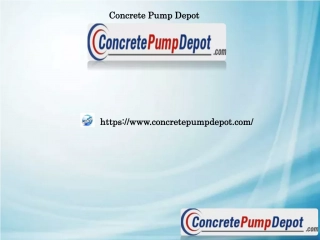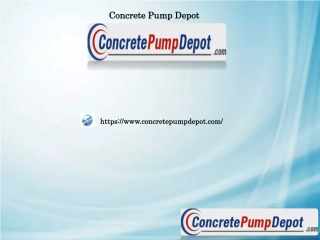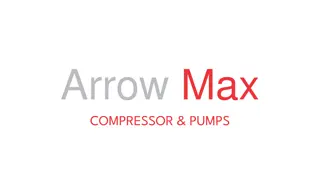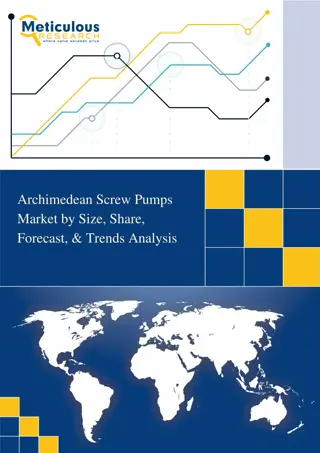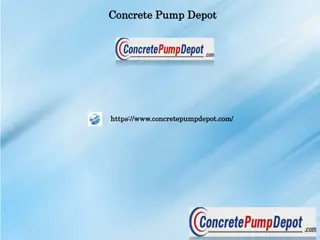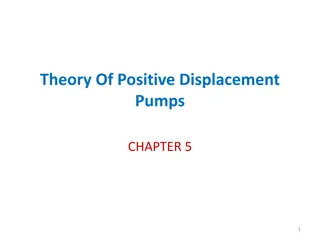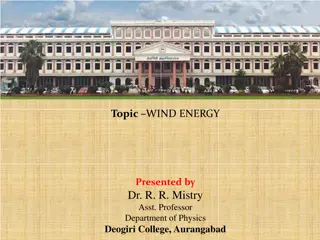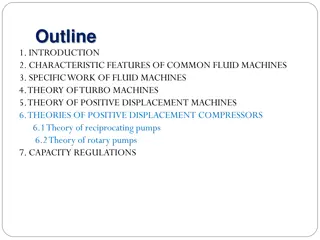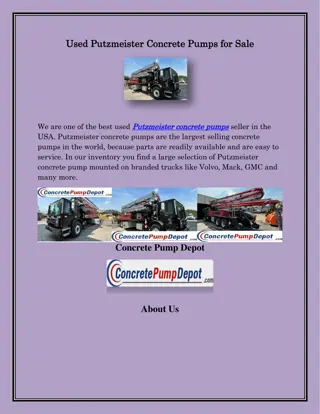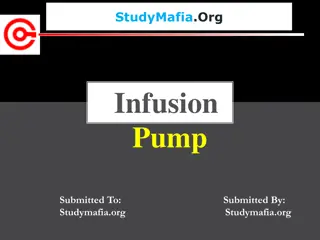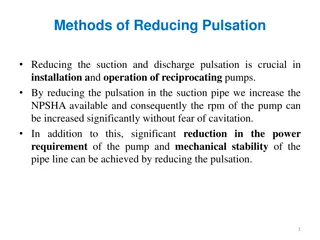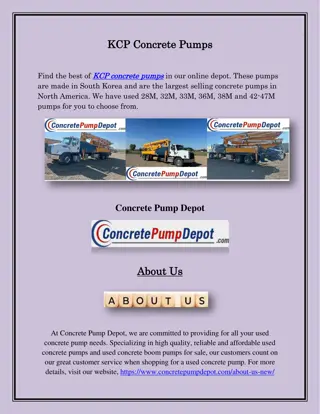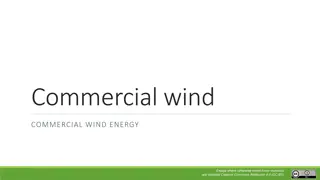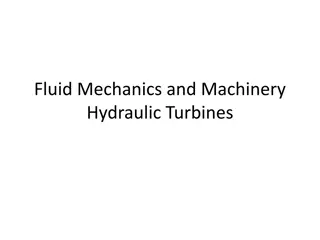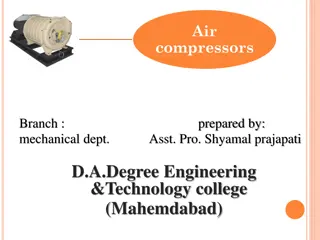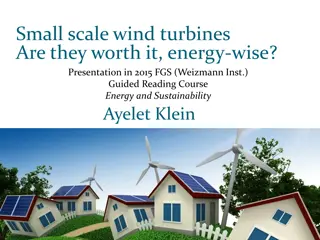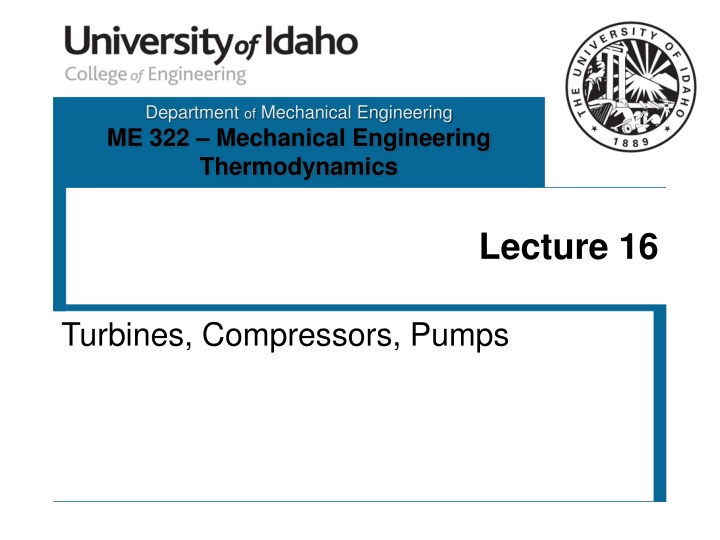
Mechanical Engineering Thermodynamics Lecture: Turbines, Compressors, Pumps
Explore the fundamental principles of thermodynamics in Mechanical Engineering with a focus on turbines, compressors, and pumps. Learn about conservation of mass and energy laws, and practical applications in turbines, compressors, and pumps. Dive into the power requirements for running a compressor and a pump, understanding processes involving air compression and fluid flow.
Download Presentation

Please find below an Image/Link to download the presentation.
The content on the website is provided AS IS for your information and personal use only. It may not be sold, licensed, or shared on other websites without obtaining consent from the author. If you encounter any issues during the download, it is possible that the publisher has removed the file from their server.
You are allowed to download the files provided on this website for personal or commercial use, subject to the condition that they are used lawfully. All files are the property of their respective owners.
The content on the website is provided AS IS for your information and personal use only. It may not be sold, licensed, or shared on other websites without obtaining consent from the author.
E N D
Presentation Transcript
Department of Mechanical Engineering ME 322 Mechanical Engineering Thermodynamics Lecture 16 Turbines, Compressors, Pumps
The Laws of the Universe Conservation of Mass The Continuity Equation dm dt sys = m m i e i e Conservation of Energy The First Law of Thermodynamics 2 2 V V dE dt g g g g Q W + + + + + = i e g G m h z m h z i i i e e e 2 2 g c c c c i e 2
Turbine W = 100 hp 1 = = 300 psia 1 P x 1 1 2 = = 1 psia 0.75 P x 2 2 2 2 dE dt V V g g g g Q W + + + + + = 1 g 2 g G m h z m h z 1 1 1 2 2 2 2 2 c c c c dm dt sys = m m i e i e 3
Compressor Air enters a compressor at 100 kPa, 280 K and is compressed to 600 kPa, 400 K in a steady state process. The volumetric flow of the air entering the compressor is 34 cfm (ft3/min). The compressor is experiencing a heat loss of 16 kJ/kg. Assuming that the changes in kinetic and potential energies are negligible, determine the power required to run the compressor. = = 600 kPa 400 K P T 2 2 2 q = 16 kJ/kg W = = = 100 kPa 280 K 34 cfm P T V 1 1 1 1 dm dt 2 2 dE dt V V g g g g Q W + + + + + = 1 g 2 g G m h z m h z 1 1 1 2 2 2 2 2 c c c c sys = m m i e i e 4
Pump 2 10 psig 10 ft/s = 1 = = = = P V 0 psig 1 ft/s 8.3 lbm/s P V m 2 1 1 1 W 2 2 dE dt V V g g g g Q W + + + + + = 1 g 2 g G m h z m h z 1 1 1 2 2 2 2 2 c c c c dm dt sys = m m i e i e 5

